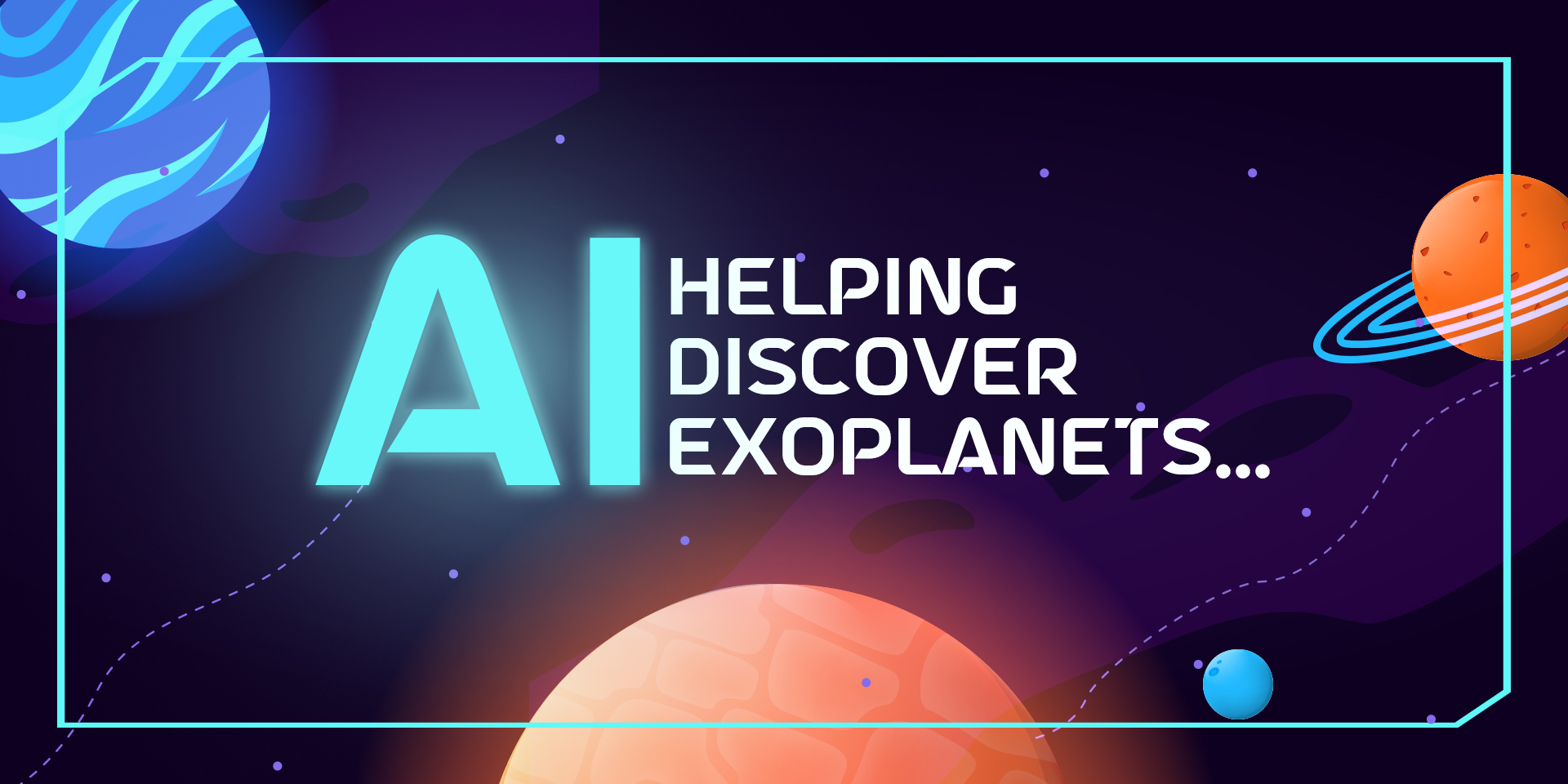Many researchers are using artificial intelligence for various applications in astronomy. The use of AI in astronomy is being done for many purposes. Out of these, the use of AI for detecting exoplanets is a major one.
What is Astronomy and exoplanets?
- Astronomy is a science that deals with the celestial bodies, solar systems, planets, and the entire physical universe.
- Exoplanets are planetary bodies that are outside the solar system and orbit stars other than the sun.
- Exoplanets are also known as extrasolar planets.
- Exoplanets are quite difficult to see through telescopes.
- They are hidden and almost impossible to see due to the bright light of the stars they orbit.
- Exoplanets help researchers solve mysteries about the solar system.
- Using data from exoplanets, researchers and astronomers can also construct models and create theories based on stars and galaxy formation.
Techniques for detecting exoplanets
- The two main techniques for detecting exoplanets are direct imaging and transit methods.
- Direct detection of exoplanets through imaging is quite difficult. It involves either using infrared radiation or physically blocking out the starlight.
- Direct imaging is the only way to identify properties of any biosphere if it exists on the exoplanet or finding out the amount of water present on it.
- Transit is a phenomenon in which a planet passes between the earth and its host star.
- In the transit method, the traveling planet blocks some of the light coming from the star, creating a dip in brightness and a decline of the light curve.
- Most of the exoplanets that have been detected till now are using the transit method.
- However, detecting exoplanets using the transit method is quite tedious and a lengthy process.
- This has led to using artificial intelligence for detecting exoplanets.
Need for using artificial intelligence in Astronomy for detecting exoplanets
- In the past decade, millions of stars and exoplanets were detected using manual, labor-intensive techniques.
- The manual process was time-consuming and also resulted in many human errors.
- In order to overcome the difficulties and challenges, the use of AI in astronomy is being done.
The potential and capability of using artificial intelligence for exoplanet detection
- There are several examples of AI being used in astronomy. However, these are not just limited to the Earth.
- The use of AI in astronomy can be done universally.
- AI algorithms do not change. However, the application has to provide the data needed by AI algorithms.
- The use of AI means training, validating, and predicting the results (outcomes) based on the unseen data.
Artificial neural networks for identifying exoplanets
- The aim of artificial neural networks in identifying exoplanets is to determine, for each pixel in an image, the object it represents.
- When artificial neural networks are used in detecting exoplanets, the objective is to determine whether an eclipse of a planet is observed in every measurement of the star’s luminosity.
- The decision of an artificial neural network is based on cross-referencing the available observations of a star with the different configurations it had seen in the testing data set.
Example of AI in Astronomy – Indian AI Researchers using artificial intelligence for detecting exoplanets
- In space, there exist several exoplanets which have the ability to support life or already have some form of life on it.
- Over the years, several potentially habitable exoplanets have been discovered in the world of astronomy.
- However, most of the techniques involved in detecting exoplanets were certain earth-based criteria or manual (physical) scanning of thousands of planets and comparing them with Earth.
- All these procedures that were carried out for detecting exoplanets were quite tedious and time-consuming.
- They needed exhaustive knowledge of planetary properties and a high amount of telescopic time as well.
- This is exactly where AI in astronomy has made a huge difference.
Under the leadership of Professor Snehanshu Saha (BITS Pilani, Goa) and Dr. Margarita Safonova (Indian Institute of Astrophysics – IIA), a group of researchers have come up with a novel approach to detecting exoplanets using artificial intelligence.
The researchers included Professor Santonu Sarkar, Jyotirmoy Sarkar (a doctor student), and Kartik Bhatia (an undergraduate student).
- The team was able to detect six potentially habitable exoplanets. These identified planets are a subset of the 60 optimistic habitable planets as identified in the PHL-EC database by Abel Mendez and his team.
- In addition to these six, the Indian Researchers also proposed almost 8000 exoplanet candidates that had features anomalous to that of planet Earth.
- The researchers kept earth as a reference point and estimated the prerequisites for habitability to detect potentially habitable exoplanets.
- They made use of AI and devised an AI-based approach for identifying potentially habitable planets.
- The AI-based method was the Multistage Memetic Binary Tree Anomaly Identifier (MSMBTAI), which was based on a multi-stage memetic algorithm (MSMA).
- MSMBTAI viewed Earth as an anomaly of being the only habitable planet among thousands of other planets, with the possibility of existence of some other anomalies based on thousands of data points.
- The assessment of other potential habitable exoplanets was done on the basis of their closeness to Earth.
Using artificial intelligence to detect exoplanets is one of the many examples of AI in astronomy. Artificial Intelligence (AI) can become a more effective and powerful tool for other astronomy projects as well in the long run.


